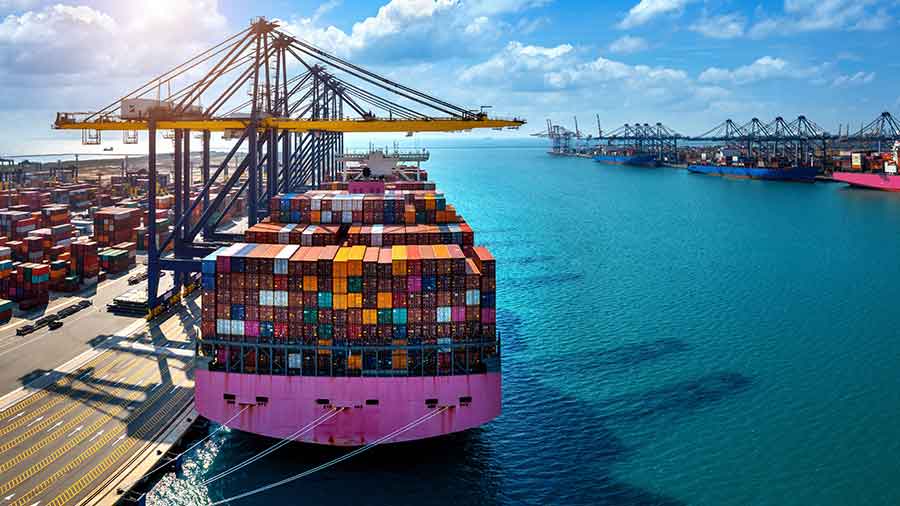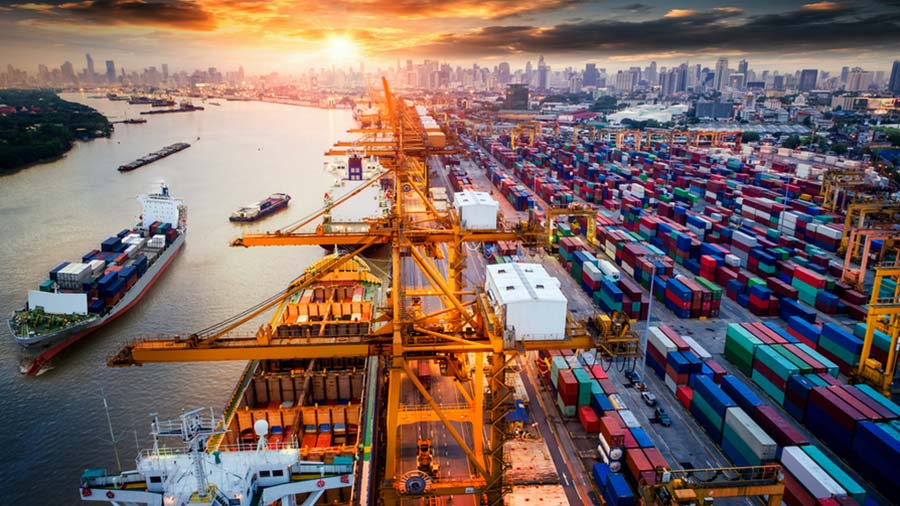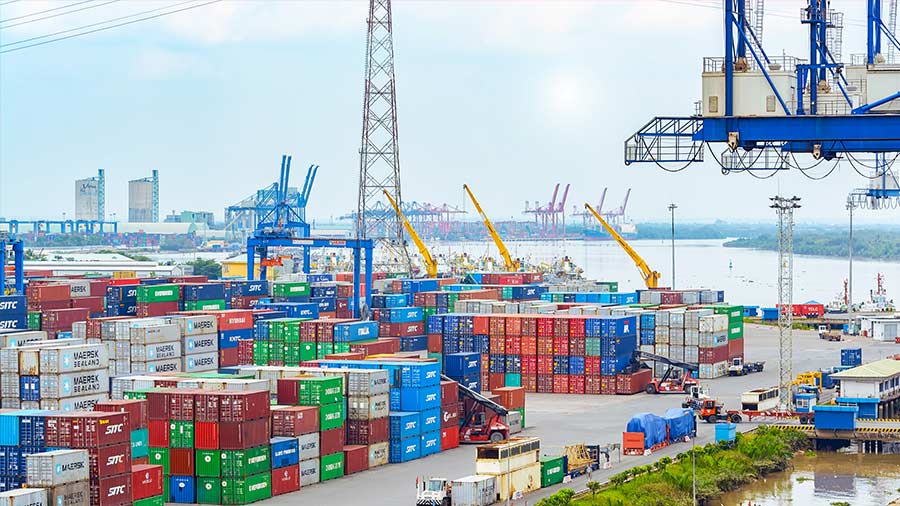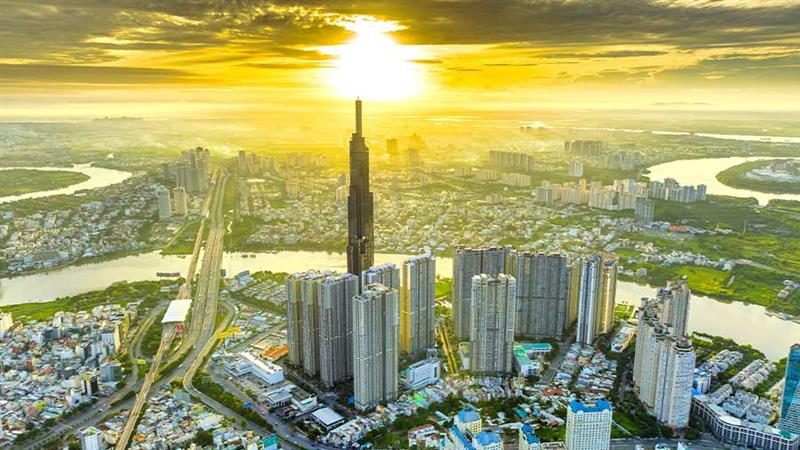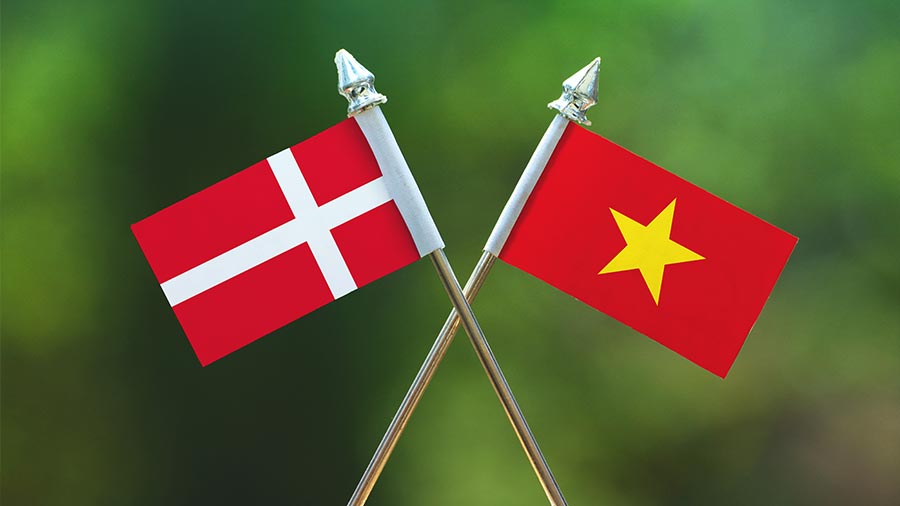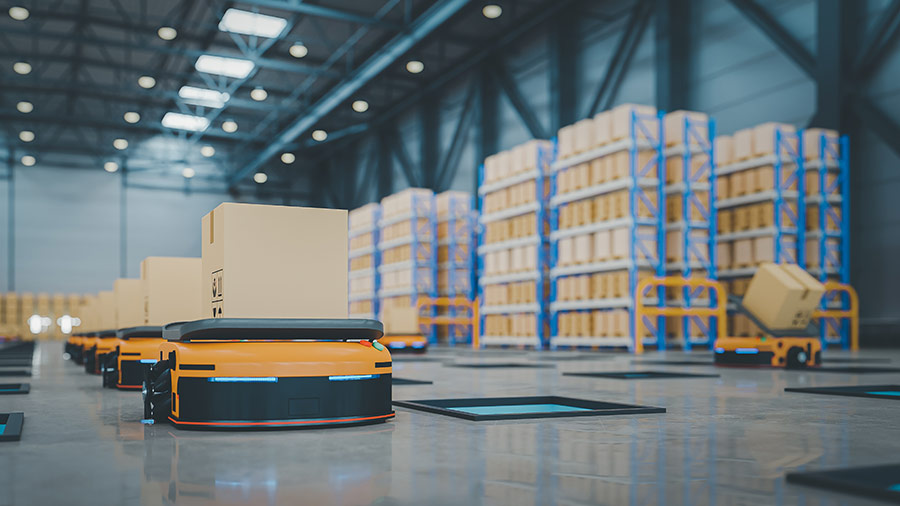Using a local distributor can be a low-cost, low-risk, very quick way to enter the Vietnam market. Finding the right distributor, however, can be tricky. Here’s what you should be aware of when embarking on a distributor-dependent market entry.
High inflation and interest rates, along with currency fluctuations are all making it expensive and risky for businesses to expand into markets overseas. Between permits, registrations, and visas, as well as hiring staff and dealing with in-country logistics, it can also be a lot of work.
In this light, using a local Vietnamese distributor may be a better option. This is not always easy and there are risks involved. That said, with the right advice and guidance this can be an effective way of testing the waters, and with the right local partner, it can be a very lucrative way to get products and services to market in Vietnam.
Vietnam’s distribution network
Logistics
Overall, Vietnam’s distribution network is vast. Geographically the country is long and narrow, and its distribution infrastructure has developed accordingly—Vietnam has a long central spine from which road and rail split off to supply its outer reaches. It also has one of the longest coastlines in Southeast Asia, which is dotted from north to south with ports facilitating global trade.
This is complemented by 22 airports that play a crucial role in transporting a diverse range of commodities across the country. Notably, the air route connecting Hanoi to Ho Chi Minh City ranks among the busiest worldwide.
These networks are then used to feed supermarkets, wet markets, convenience stores, malls, and e-commerce retailers all over Vietnam.
Retailers
As of 2021, a Euromonitor market report estimated that Vietnam had around 1,005 convenience stores split across six key brands, both domestic and international.
Convenience stores in Vietnam
| Store Name | 2018 | 2019 | 2020 | 2021 |
| Circle K | 293 | 362 | 387 | 430 |
| Family Mart | 160 | 147 | 145 | 151 |
| Ministop (AEON Group) | 112 | 134 | 144 | 123 |
| B's Mart (Beri Jucker Plc) | 143 | 168 | 168 | 110 |
| 7-Eleven (Seven & I Holdings Co Ltd) | 24 | 42 | 55 | 61 |
| Shop & Go family Mart (FamilyMart Co Ltd) | 95 | 0 | 0 | 0 |
| Other | 124 | 128 | 129 | 130 |
| Total | 951 | 981 | 1028 | 1005 |
Source: Euromonitor
A similar report on supermarkets, also released by Euromonitor, estimated that Vietnam had 5,669 supermarkets operating in 2021. This was up from 1,672 stores in 2016–almost triple.
Supermarkets in Vietnam
| Store Name | 2018 | 2019 | 2020 | 2021 |
| VinMart+ (Masan Group Corp) |
0 |
2,888 |
2,880 |
2,524 |
| Bach Hoa Xanh |
415 |
1,008 |
1,719 |
1,919 |
| Co-op Food |
321 |
420 |
410 |
440 |
| Satrafood |
205 |
256 |
227 |
189 |
| Co.opMart |
110 |
111 |
128 |
128 |
| VinMart (Masan Group Corp) |
0 |
125 |
74 |
89 |
| LanChi Mart (Central Retail Corp) |
25 |
25 |
24 |
25 |
| Aeon Citimart |
28 |
24 |
23 |
20 |
| VinMart+ |
1,700 |
0 |
0 |
0 |
| VinMart |
106 |
0 |
0 |
0 |
| Other |
350 |
345 |
340 |
335 |
| Total |
3260 |
5,202 |
5,825 |
5,669 |
Source: Euromonitor
E-retailing is also on the rise. Vietnam’s e-commerce market raked in US$14 billion in 2022 and is estimated to reach US$32 billion by 2025. These huge numbers put the e-commerce sector at the forefront of distribution in Vietnam.
There are currently thousands of online retailers in Vietnam, however, the majority of online sales are covered by three local brands: The Gioi Di Dong, FPT Shop, and Hoang Ha Mobile.
There are, however, a number of big-name international retailers operating in Vietnam, including Shopee and Lazada.
Cold storage and transportation in Vietnam
It’s worth noting, too, that cold storage in Vietnam in recent years has been attracting large volumes of investment. This sector received a boost during the COVID-19 pandemic with the need for temperature-controlled logistics to ensure vaccines did not expire in the heat.
The residue of this is that the cold storage network has become more robust than ever before. This is a huge advantage for firms looking to import perishable goods into Vietnam.
See also: Vietnam’s Cold Storage Industry: Drivers, Challenges and Market Entry
Why opt for a distributor in Vietnam?
Ultimately, using a distributor means a smoother, faster market entry. Several factors contribute to this advantage, with three fundamental reasons particularly noteworthy.
Communication is easier
Vietnamese is a tricky language to learn. Though English is commonly spoken, it is far from universal. Translating Vietnamese is easy enough with myriad digital tools available. However, the mismatch in structure and syntax can make accurately interpreting what is being said very difficult. A local distributor can avoid these problems.
It’s also worth noting that Vietnam is rich in tradition and culture, and this can play a big part in how people communicate. The implications of respect and its recipients, for instance, are complex and nuanced, involving over 14 distinct pronouns that are used interchangeably based on the conversational participants and context.
Understanding these fundamentals of the Vietnamese language can be crucial to successfully entering the Vietnamese market.
Local distributors have established distribution networks
Local distributors already have established distribution networks. A good local distributor will know retailers and transportation firms and have the connections a business needs to quickly and effectively get their products to market.
Furthermore, local distributors already have relationships with a broad range of people in the supply chain. The value of these relationships should not be underestimated. In Vietnam, it is common for businesses to lean heavily on personal relationships in order to get work done.
Successful distributors will have these networks and know how to utilize them most effectively.
It’s easier to manage
Foreign companies engaging local distributors typically do so on an outright sale basis. As in, the foreign supplier sells their goods to the distributor and the distributor is liable for the full payment. This means that the risk of not being able to sell the goods is taken on by the local distributor.
How do you find a distributor in Vietnam?
Finding a local distributor can be as simple as conducting a search online. However, this can be risky with many unknowns. It's also, to an extent, unnecessary. There are a number of tried and tested ways to get high-quality advice on finding a distributor in Vietnam.
Business matchmaking services
Business matchmaking services connect foreign enterprises with local distributors that meet their specific requirements. For example, a business matchmaking service will typically already have connections in product-specific fields. For example, cold chain distributors for dairy products or perishables.
What’s more, business matchmaking services will provide analysis and insights into the market and provide valuable business intelligence to further assist entrants into the Vietnamese market.
See also: How Business Matchmaking Services Can Help Your Vietnam Market Strategy
Connecting with local associations
Connecting with local associations, particularly national chambers of commerce, can be extremely helpful when entering the Vietnamese market. These institutions often have their own broad networks and offer networking events that are often attended by a mix of both international and domestic industry leaders.
Some of the key local associations foreign investors should be aware of are:
- American Chamber of Commerce Vietnam (AmCham Vietnam)
- European Chamber of Commerce (Eurocham Vietnam)
- Australian Chamber of Commerce (Auscham Vietnam)
- Canadian Chamber of Commerce (Cancham Vietnam)
Word of mouth
Ask around. There are a number of foreign firms already working with domestic enterprises in imports, exports, and distribution. Networking events can be a great way to meet like-minded business owners for advice. This is usually most effective in person, however, there are a broad range of social media groups that producers can find and, or vet local distributors.

